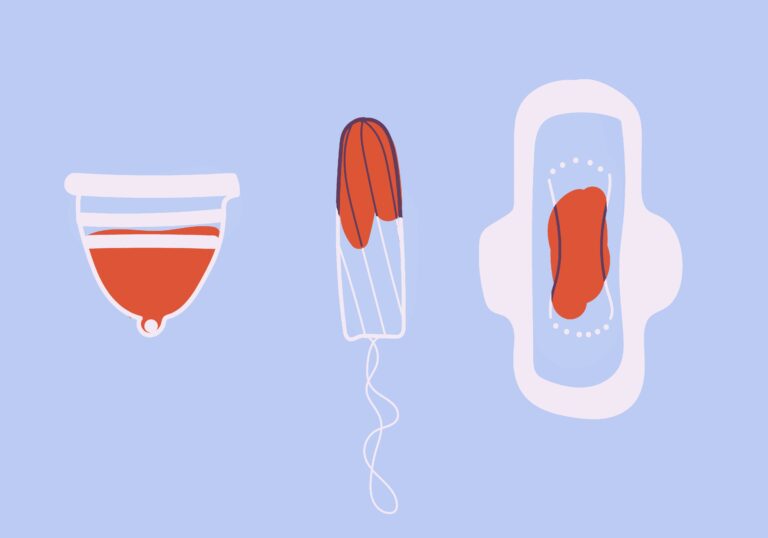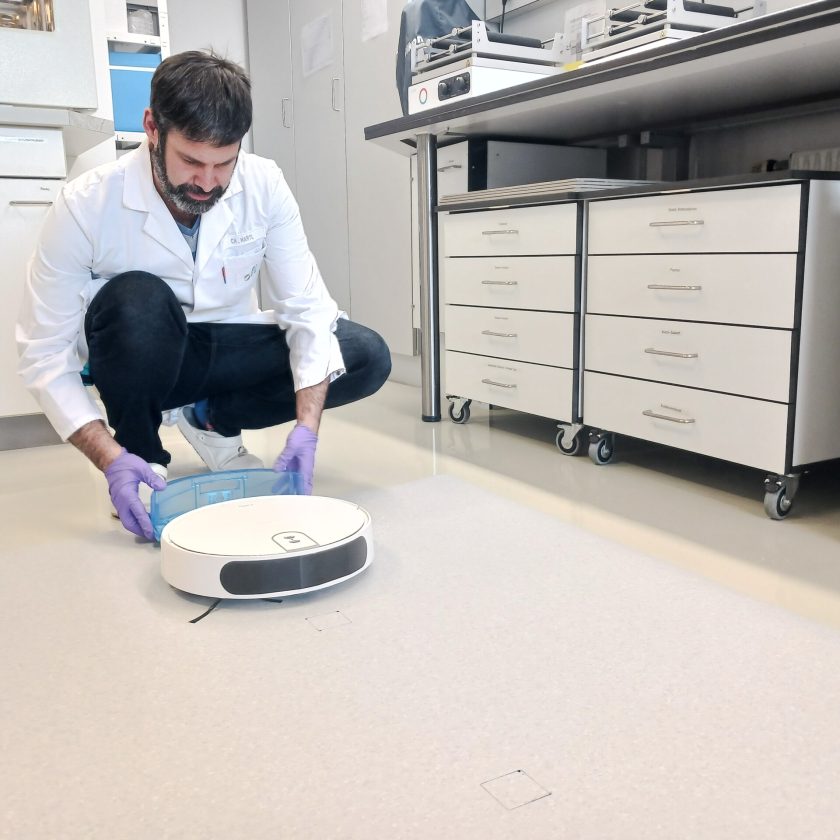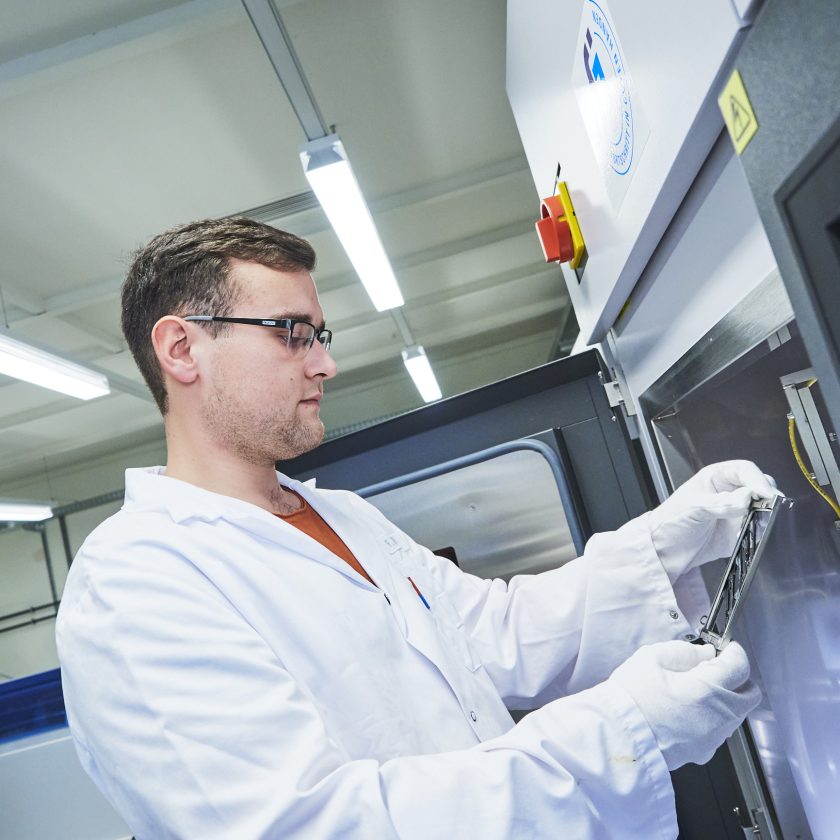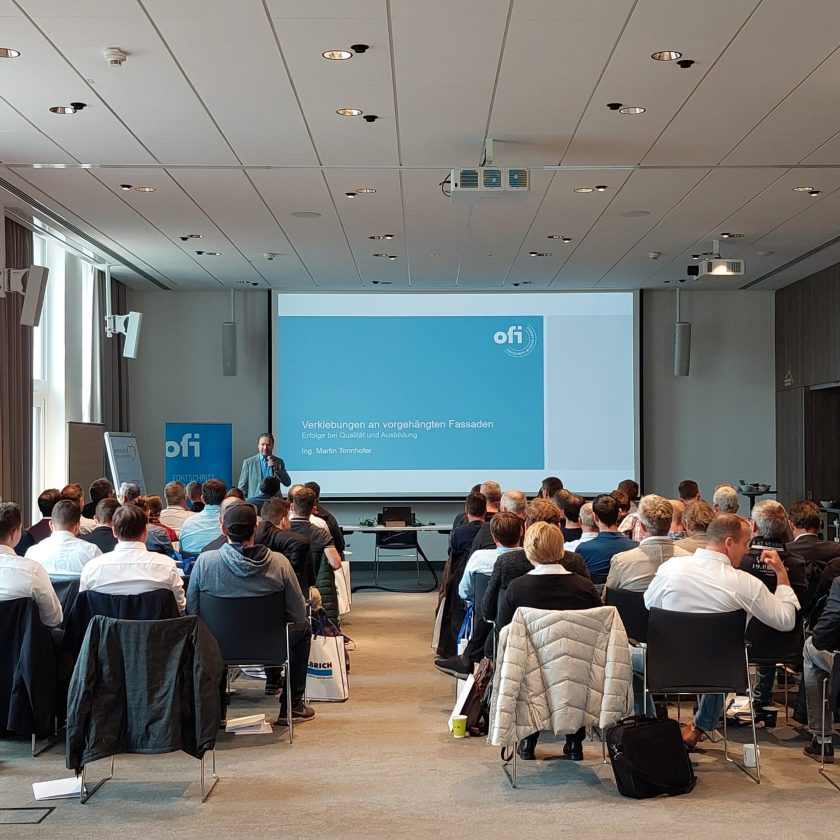Half of the population uses them regularly for decades, a few days every month: menstrual products. Despite the close contact with the female body, pads, tampons or menstrual cups are hardly regulated in the EU. The research project LEIFS is now addressing this issue.
Pads, panty liners, tampons. For a long time, only disposable products were on the market in the menstrual products sector. For some years now, more and more alternative products have been appearing – initially only online, but now also on the shelves of drugstores. Washable cloth pads, period underwear and menstrual cups, all of which appear very sustainable, are becoming increasingly popular.
Whether classic disposable or innovative reusable, they all promise safety, in the sense of protection. “Safety with menstrual products is usually only related to the application,” knows Elisabeth Mertl, OFI expert for medical devices and project manager of “LEIFS – let it flow safely”. “A product that does not leak is considered safe. But in fact, safety also has to do with health risks.”
It may come as a surprise, but in Europe, menstrual products are subject to the same safety regulations as tissues, even though the vaginal mucosa absorbs harmful substances much more easily. Due to this low level of regulation of menstrual products, there is a lack of analytical methods to address relevant questions regarding toxicological properties of materials, microbiological hazards, and reprocessing and cleaning. The research project LEIFS is now addressing this issue. The project consortium, which in addition to the OFI also includes the two ACR institutes LVA and IWI, has set itself the goal of laying the scientific foundation for the safety assessment of menstrual products by developing a testing strategy.
“Menstruation is still a socially taboo subject. For this reason, there has not yet been a dedicated safety assessment for period products,” says Mertl, trying to explain the blind spot. “At the same time, the potential health risks that menstrual products could cause are manifold. As part of LEIFS, we therefore want to develop a testing strategy that enables a systematic assessment of health risks.”
Emphasis is to be placed on the microbiological and chemical risks of reusable products, as this segment is expected to see the greatest market growth in the coming years. When developing the test strategy, not only the products themselves are taken into account, but also their packaging and the specific application. The methods developed, should eventually be able to be used for strategies to evaluate menstrual articles.
In order to create added value for the users of periodic products in the long term, manufacturers and retailers must be involved in the research project. In the research project LEIFS, that’s what happens. “Direct exchange is important. After all, we want the test strategy we develop as part of the project to then be applied in practice,” says Mertl.




